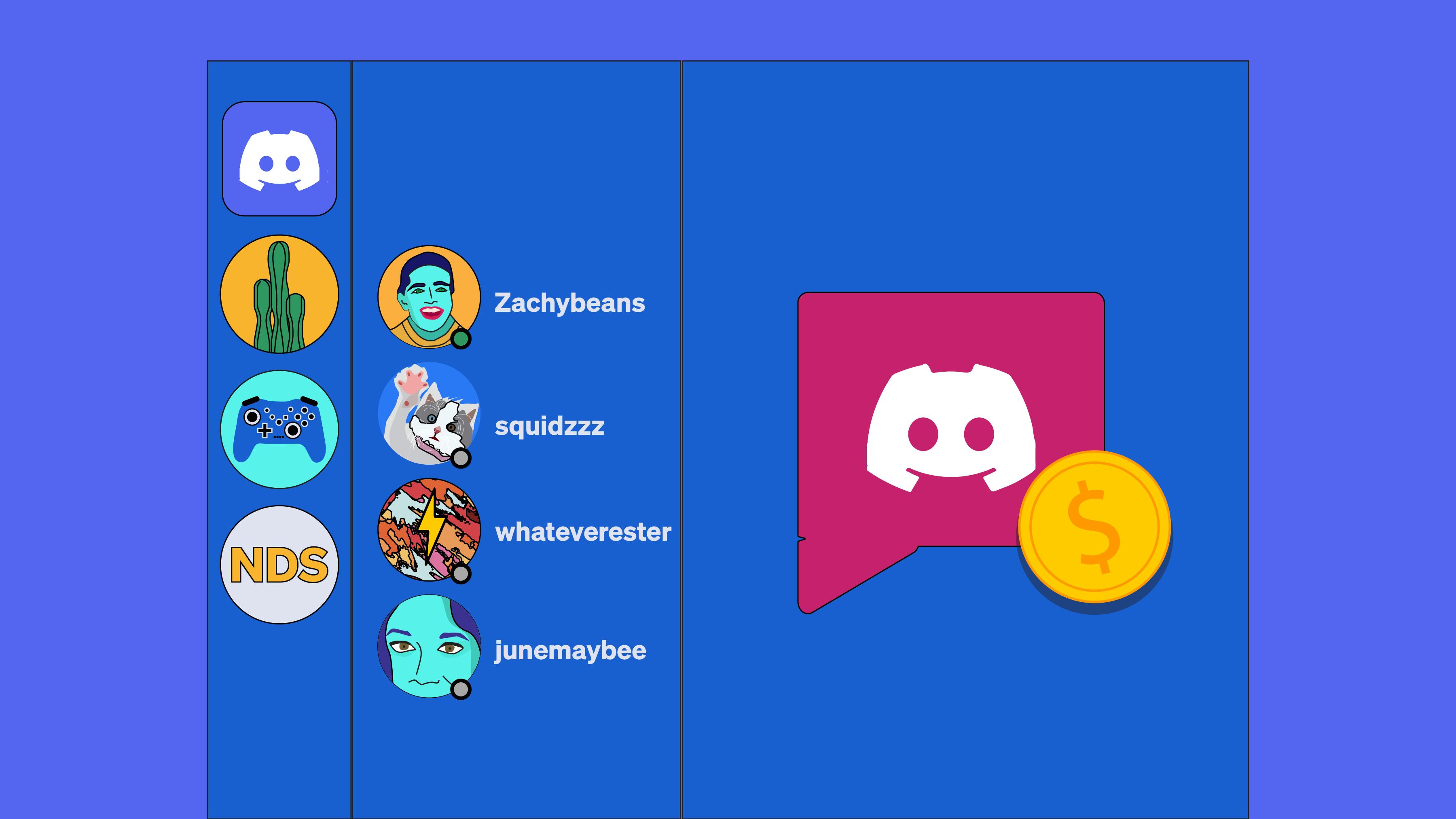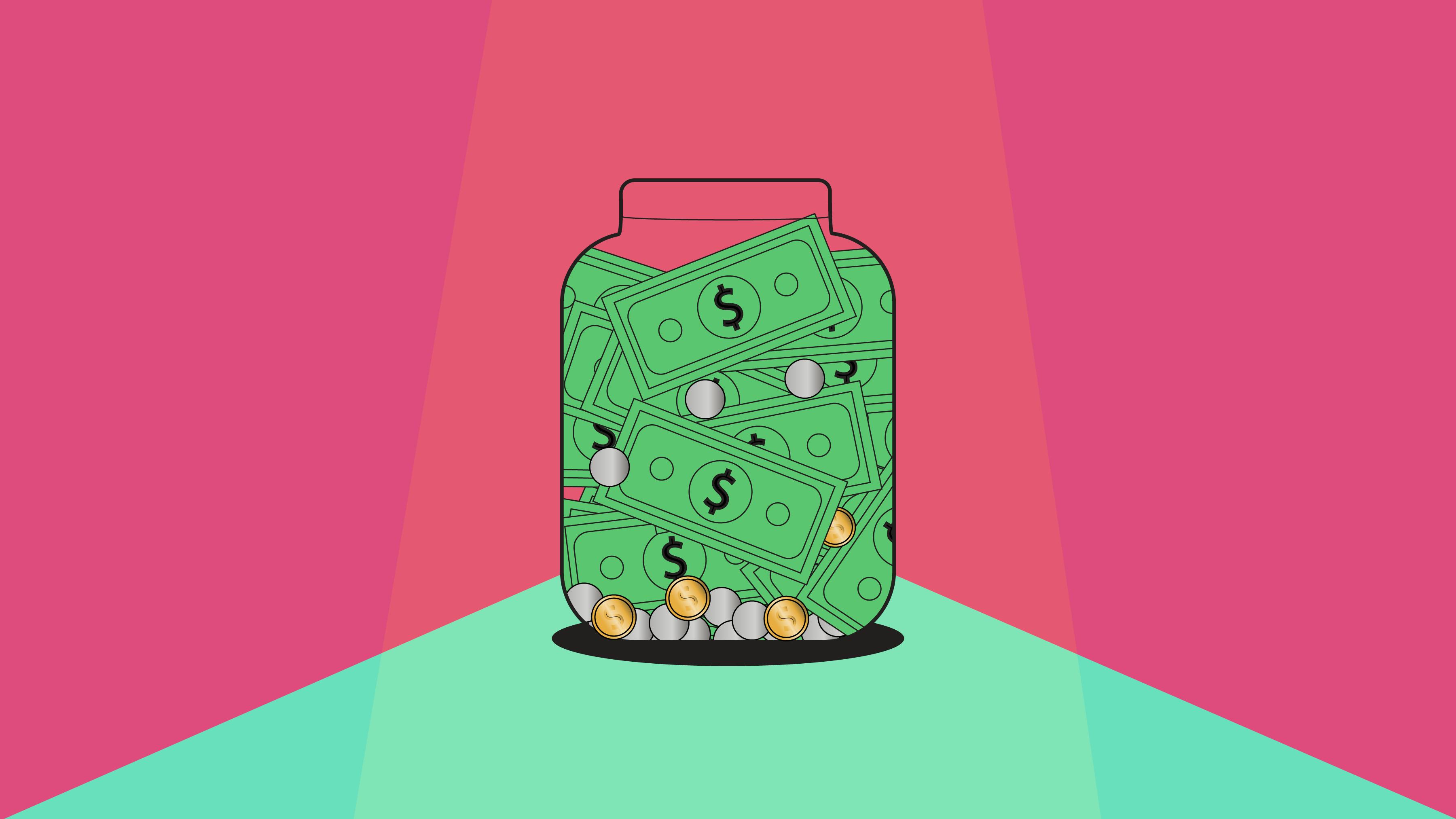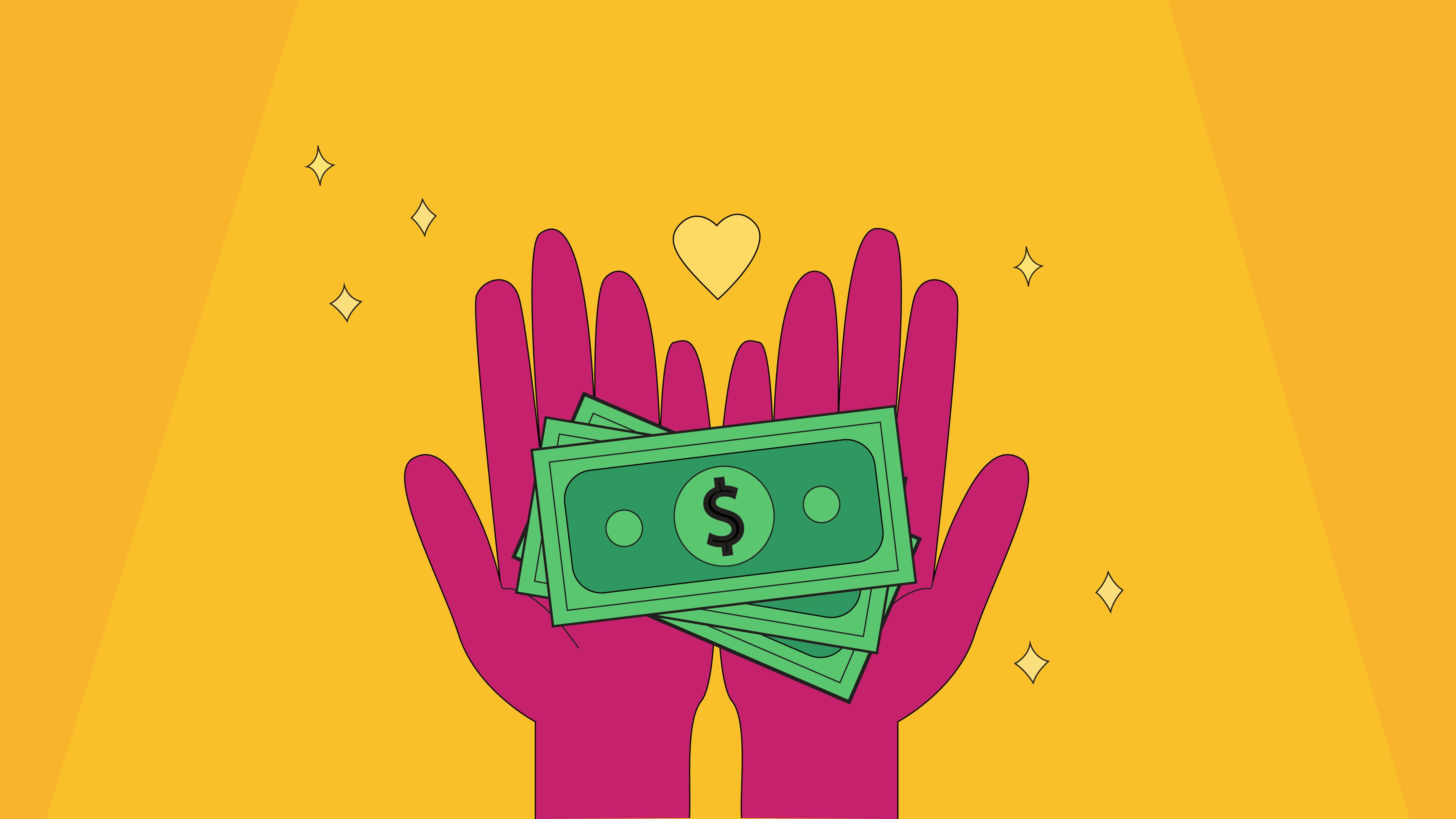Personal fundraising is an excellent way for individuals to reach out to and raise money online from a broader group of people.
It’s become a popular method for people worldwide to raise cash for unexpected emergencies, life events, trips and adventures, artistic projects, etc.
The best thing about personal fundraising is that anyone can create a page to raise funds for themselves or someone in need. Worldwide, people are creating fundraisers to help pay off debt, cover tuition, learn a new skill, and so much more.
In fact, according to a 2020 survey, as many as 20 million Americans have set up a campaign to raise money to cover medical bills for themselves or for someone they know.
Plus, 50 million Americans, approximately 20% of US adults, have donated to a personal fundraiser for medical expenses.
No matter what type of personal fundraiser you want to start, you must choose an ideal platform. According to Statista, there are hundreds of crowdfunding and personal fundraiser sites.
Before asking for donations online, first select the fundraising platform that best suits your goals.
How to choose the right personal fundraising platform
Before launching your fundraising efforts, browse multiple fundraising sites and get familiar with what they offer.
Some are free, while others may incur fees that involve taking a percentage of your total donations. Some may allow you to withdraw your raised funds as soon as they hit your account, while others require you to meet your funding goal before accessing the funds.
They all have different features that work for some people more than others.
Here are four things to look for while you’re shopping for the perfect fit:
- Campaign types: Ensure the platform you choose allows fundraising for personal causes. Some sites, like Indiegogo, Kickstarter, and Patreon, are only meant for business fundraising.
- Payment processing: Look to see how you will receive the donations—most platforms integrate with PayPal or a payment processing similar service. If you’re trying to raise money for ongoing expenses, some of which you need to pay for sooner than others, pick a platform that allows you to access the funds as soon as the donations hit your account. It’s known in the crowdfunding world as the “keep it all” option and means you don’t need to reach a specific fundraising goal to withdraw funds.
- Ease and accessibility of use: Search for a user-friendly account setup process. The best platforms on the market provide customer service help, several tutorials on creating an actionable fundraising page, and how-to’s on including photos and videos and sharing on social media.
- Fees: What kind of fee structure does the platform require? Investigate any commissions or fees that come with using the platform—for example, some charge upfront fees to set up and publish your fundraising page. Others offer free setup but take a percentage of your total donations. Still, some free options won’t take a cut of the money you collect.
Now, let’s look into your personal fundraising platform options:
6 top platforms for personal fundraising
Let’s compare the following crowdfunding platforms by looking at their campaign types, fees, and their pros and cons:
- Braid
- GoFundMe
- GoGetFunding
- FundRazr
- Fundly
- Plumfund
1. Braid
Braid is a dedicated place for you to collect, manage, and spend money for your personal fundraising need. Since Braid is not just a crowdfunding page you can use funds as they come in. No need to transfer the funds out to spend them. This is helpful when your need is time sensitive.
All you need to do is create a Braid Money Pool and share your Pool Link to start collecting and spending donations. Click here to learn more.
Types of campaigns: Braid allows you to make as many pools as you need. Whether your fundraising of a personal cause, starting an emergency fund, raising money for a project, creative projects and so much more.
Fees: Braid is free to use and you keep all of the money that you collect. There are no fees for contributions made with debit cards or via bank transfer but there is a 3% fee for contributions made with a credit card. This fee is charged to the contributor.
Pros: On Braid, you can run your fundraiser for as long as you need with no restrictions. Other fundraising platforms set deadlines and other restrictions for fundraisers. Also, your personal fundraising link is easily shareable, and donors can easily make payments from their smartphones.
Cons: Braid Pools are private unless you create a Pool Link. Braid doesn't have a public page to share all of the fundraisers happening on the website so you're responsible to share the link far and wide.
Ready to start your Personal Fundraiser on Braid? Click here to get started.
2. GoFundMe
GoFundMe is a well-known crowdfunding platform, allowing fundraising for nonprofits, teams, and individuals. It’s mostly used to help people raise money for their personal goals and needs.
Types of campaigns: GoFundMe lets you fundraise for any kind of cause or project. But over a third of its campaigns are dedicated to medical expenses, including adoption, IVF, and fertility-related expenses, making it a top choice for medical fundraising.
Fees: The platform asks donors for an optional tip to cover costs, including a third-party payment-processing fee of 2.9% plus $.030 per donation.
Pros: GoFundMe has a large platform and offers free fundraising solutions. They also provide 24/7 customer support, easy-to-implement social sharing tools, and a donor protection guarantee. If something goes wrong in the donation process, they refund the donation.
Cons: While their extensive reach and platform are sometimes good, increased competition from millions of crowdfunding campaigns can lead to fewer and smaller donations from strangers online.
3. GoGetFunding
GoGetFunding provides users with a flexible and straightforward way to raise money for causes.
Types of campaigns: GoGetFunding offers fundraising pages for any cause or project, but their most successful and notable campaigns are for medical, charitable, and personal reasons.
Fees: GoGetFunding takes a 4% fee on the amount of funds raised plus payment processing fees of 2.9%. Also, there’s an additional $0.30 per Stripe or PayPal transaction.
Pros: GoGetFunding features optimally-designed fundraisers on its homepage and promotes them on its Facebook and Twitter feeds, potentially increasing reach.
Cons: This platform charges many fees, including on the amount of funds raised.
Want to set up a campaign that won't take tremendous fees out of the money you raised? Learn more about that here.
4. FundRazr
Fundrazr is a smaller competitor, but it offers good functionality and design.
Types of campaigns: FundRazer allows you to raise money for just about anything, but they’re most known for personal and charitable causes.
Fees: You can choose a free fundraising model with no fees, and the platform will ask donors for an optional tip. There’s a third-party process fee of 2.9% plus $0.30 per transaction for each donation you receive.
Pros: FundRazr allows you to create well-designed, feature-rich pages for your campaigns with built-in social sharing, personal website integrations, and options that enable you to offer thank-you gifts to donors.
Cons: The platform is smaller, less well-known, and less viewed than its competitors. Some users report that there are little to no user experience updates and some tutorial materials are outdated.
5. Fundly
Fundly is another lesser-known platform that helps users raise money for personal needs. The platform operates on a keep-it-all policy with no minimum money raise requirement.
Types of campaigns: The most successful campaigns hosted on Fundly are for personal needs or charitable causes. You can fundraise for personal goals, like artistic projects, but those campaigns aren’t as successful on Fundly.
Fees: There are no fees to create and kick off your campaign. Fundly deducts a 4.9% fee from each donation, and there’s also a third-party payment-processing fee of 2.9% and $0.30 per transaction. For larger campaigns, they automatically apply discounts.
Pros: Fundly allows you to create fundraising merch in-house. Create t-shirts, mugs, tote bags, and more—they’ll print and ship them to your donors as thank-you gifts. The price for printing and shipping is typically around $15.
Cons: Fundly is one of the few platforms that still charges a fee on the funds raised.
6. Plumfund
Plumfund is a larger personal fundraising platform that helps users raise money for various causes.
Types of campaigns: Plumfund can help you raise money for personal and emergency expenses, but they’re better suited for personal projects or goals, like recording a debut album or planning a babymoon to Europe.
Fees: Plumfund doesn’t take platform fees. However, there are third-party payment-processing fees of 2.9% plus $0.30 for every donation done through online transactions.
Pros: Plumfund allows individuals to set up wish lists and registries in addition to setting up fundraisers. The platform is free to use for both donors and fundraisers, and customer support is available.
Cons: Plumfund has less functionality and fewer tools than other platforms on this list, including fewer social media integrations and page customization options.
Raise funds for your personal needs, your way
If you’re looking for the whole package when you’re fundraising for medical expenses, adopting a rescue dog, going on a mission trip, starting a business or charity, etc.—Braid can help make sure you keep 100% of the money you collect while making it easy for contributors to donate.



